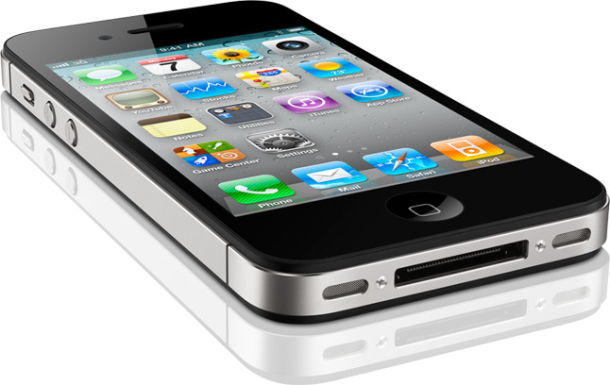

When Apple’s new iPhone burst onto the mobile market ten years ago this week, I was happily checking my email with a shiny new BlackBerry Bold that my editors at eWEEK had provided.
I’d watched the introduction of this new device and wondered why anyone would want to use a device where the only input method was an error-prone touch screen. Now I own an iPhone.
To say that things changed would be a massive understatement. To be sure, the iPhone wasn’t the only touch-screen device at that time, but what it had was an intuitive interface and a lot of applications that made the iPhone useful enough to be worth the price.
What the iPhone also had was a surprising amount of computing power in a handheld device and it was this computing power that had the most impact over the long run because it made the iPhone useful beyond email and phone calls. But it was also computing power that turned mobile phones into security threats.
In the case of the iPhone, the threat remained mostly just a threat. But it was in other devices that the threat became reality. Google’s Android, which was designed to compete with Apple’s iOS that ran the iPhone, became a channel for malware.
Meanwhile, both types of these devices and their challengers from Palm and Microsoft became a new conduit to move corporate data beyond the confines of corporate offices and subject it to loss or theft.
Initially, the only thing that made the iPhone more secure than Android devices was the fact that you could only download apps from Apple’s AppStore. Apple made it a point to police their store to discourage malware-tainted apps. With Android, however, you could download apps from anywhere, and for a while Google wasn’t being as careful as it should have been about screening apps for malware.
Meanwhile, the BlackBerry was dying. A series of missteps by the company management including the failure to recognize and respond to the competitive threat posed by the iPhone’s touch screen caused the longtime leader in smartphones to quickly lose its leadership position.
For a while, BlackBerry’s superior security kept it in play for government and some corporate users and that remains true to a limited extent. But that situation changed again Apple introduced encryption.
After a terrorist attack in San Bernardino, Calif. in which 14 people died in late 2015 the iPhone made news when the FBI announced that it couldn’t crack Apple’s encryption. Clearly, Apple’s security was sufficient. But by then the iPhone had already become a corporate standard if not for the encryption, but because the iPhone had defined a new standard for mobile computing.
It’s this concept of a phone as a mobile computing platform that transformed business.
Originally published on eWeek
Read More on page 2…
Page: 1 2
All Cybertrucks manufactured between November 2023 and February 2025 recalled over trim that can fall…
As Musk guts US federal agencies, SEC issues summons over Elon's failure to disclose ownership…
Moonshot project Taara spun out of Google, uses lasers and not satellites to provide internet…
Pebble creator launches two new PebbleOS-based smartwatches with 30-day battery life, e-ink screens after OS…
Amazon loses appeal in Luxembourg's administrative court over 746m euro GDPR fine related to use…
Nvidia, xAI to participate in project backed by BlackRock, Microsoft to invest $100bn in AI…